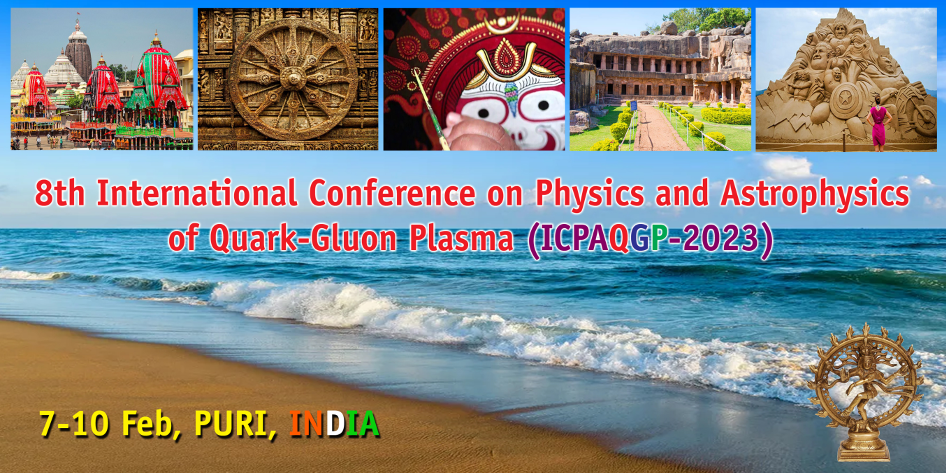The study of prompt direct photons, from Compton scattering and annihilation hard processes in hadronic collisions, can test perturbative quantum chromodynamics theory predictions. In pp collisions, they can be used to constrain parton distribution functions as they come directly from the parton-parton hard scatterings. The measurement of direct photon production is complicated due to the...
The exclusive photoproduction of $\Upsilon$ and $\rho$ meson is studied in ultraperipheral pPb collisions at $\sqrt{s_{NN}} = 5.02$ TeV. The differential cross-section of $\Upsilon$ and $\rho$ meson has been measured as a function of transverse momentum squared $p_{T}^{2}$, and rapidity $y$. The slope of the squared transverse momentum ($p_{T}^{2}$) dependent differential cross section is...
Jet angularities are a novel class of jet substructure observables that allow one to change the sensitivity to the relative contributions of collinear and soft emissions in a jet, through a continuous parameter a (a < 2 for Infrared Safety). For a ≤ 0.5, jet angularities weigh collinear radiations in the jet more strongly than the soft emissions while for a close to 1, the observable becomes...
In this exploratory study, we investigate the novel scaling features in the jet quenching parameter ($\hat{q}$) among the static and Bjorken expanding medium profiles for radiative and transverse momentum broadened parton cascades. With these scalings, firstly, we study the impact of the sensitivity of the time for the onset of the quenching Bjorken profile as well as the partonic chemistry of...
The hard scattered (high $p_{\rm T}$) partons produced in high energy hadronic and nuclear collisions fragment into a collimated spray of final state particles, known as jets. Jet properties are sensitive to details of parton showering processes and are expected to be modified in the presence of a dense partonic medium. Measurement of intra-jet properties in p-Pb collisions will help to...
Hadronic resonances are effective tools for studying the hadronic phase in ultrarelativistic heavy-ion collisions. In fact, their lifetime is comparable to that of the hadronic phase, and resonances are sensitive to effects such as rescattering and regeneration processes, which might affect the resonance yields and shape of the transverse momentum spectra. These processes can be studied...
Hadronic resonances are short-lived particles that decay via strong interaction. Resonances having a lifetime comparable to that of the hadronic phase (phase between chemical and kinetic freeze-out) are subject to regeneration and rescattering occuring in this phase, which lead to the modification of their yields and spectral shapes. Both these competing effects decide the final yield of the...

